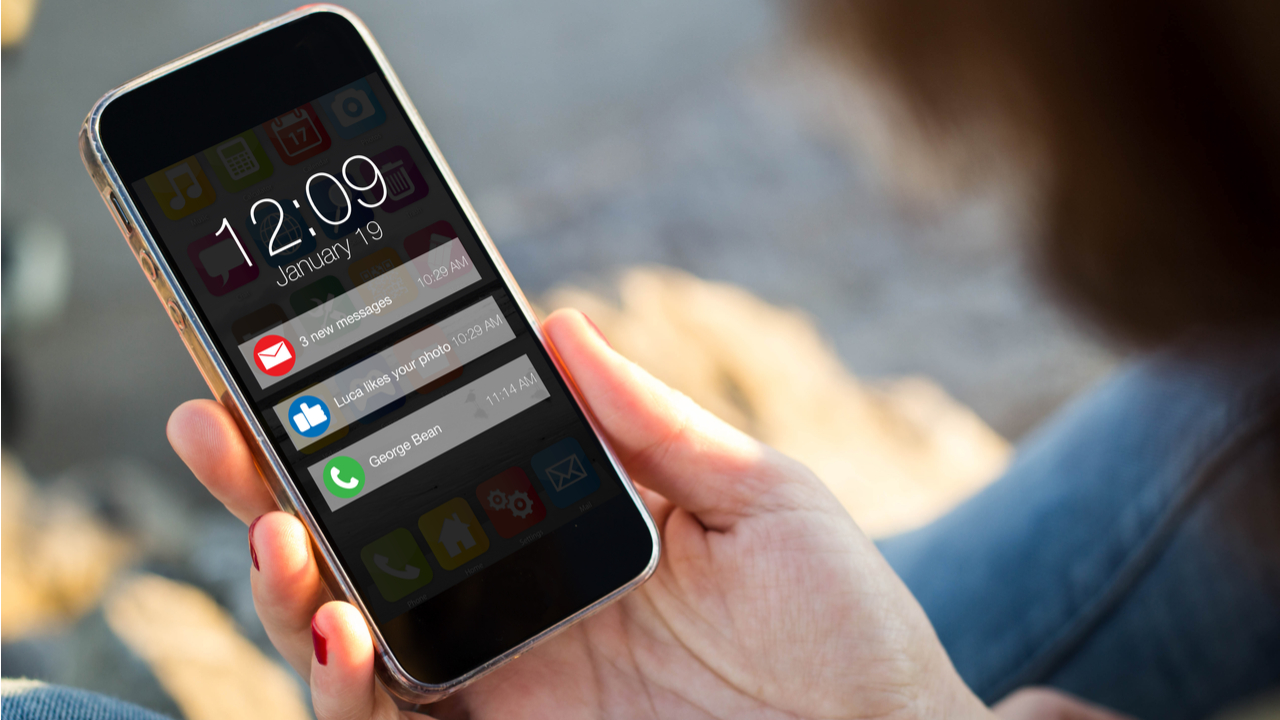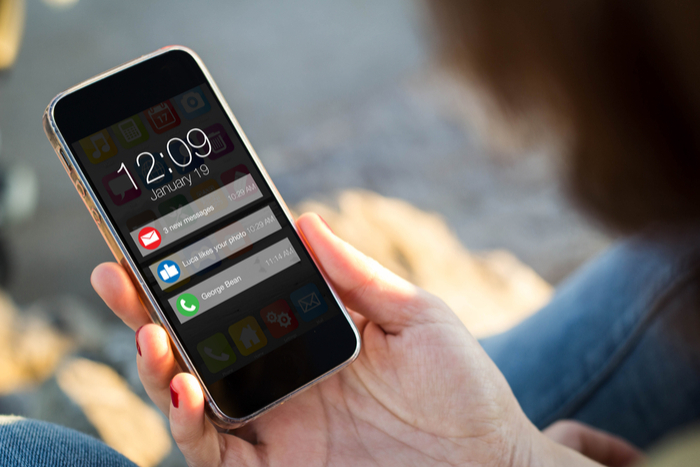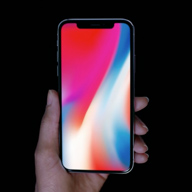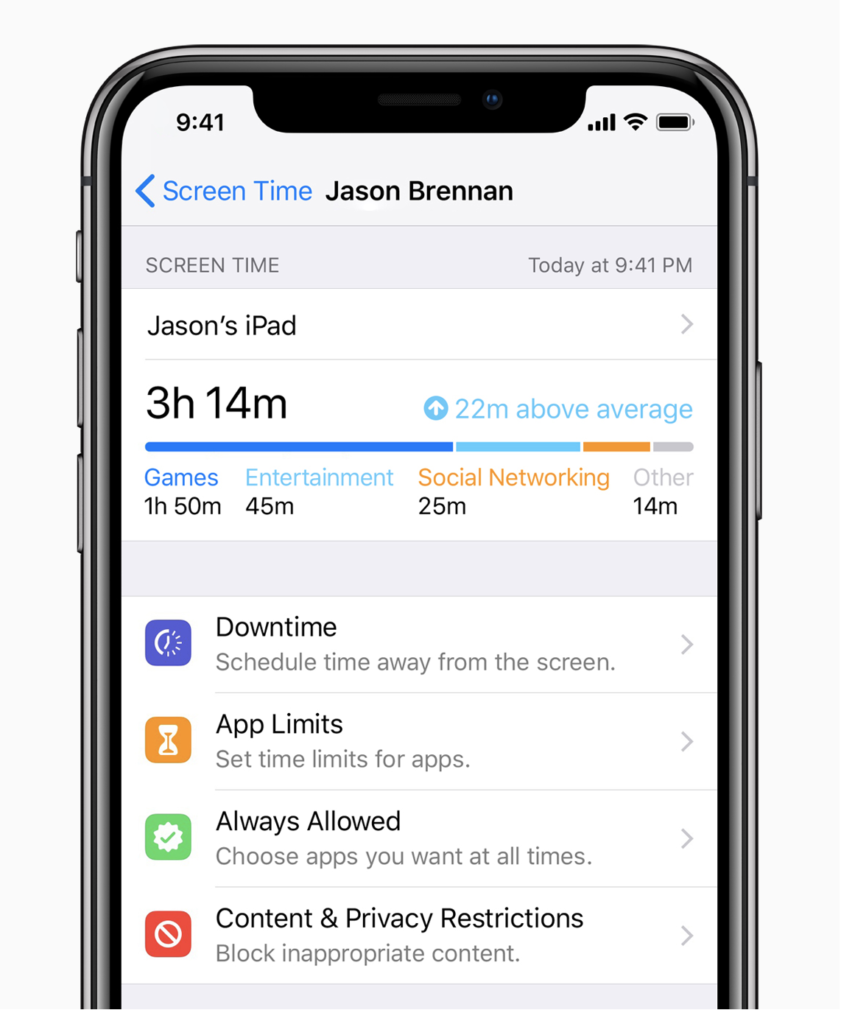How To
How to overcome notification overload

- October 10, 2018
- Updated: July 2, 2025 at 5:55 AM


Studies have shown that receiving text messages and mobile notifications trigger the release of dopamine. In lay terms, this means that notifications make us feel good when we receive them—and we may have negative feelings when we don’t.
If that sounds like the symptoms of addiction, you’re not wrong. Notifications have an addictive quality and may put our decision-making skills at risk, too.
Additionally, too many alerts can cause anxiety. Think of work emails blinking on your screen during a date. Or incessant Slack alerts, Facebook messages, and news updates.
In short, notifications are driving us mad. Here’s a look at what they do and what we can do to reclaim at least some of our sanity.
How to overcome notification overload
Negative effects
Smartphone notifications can trigger the release of the stress hormone, cortisol. Cortisol increases your heart rate, makes your palms sweaty, and tenses up your muscles. Cortisol might even harm brain chemistry and cause stem cells to malfunction.
And, if you don’t believe notifications are wreaking havoc on our collective well-being, it’s worth pointing out that both Apple and Android have developed features like the do-not-disturb mode and time monitoring features.
Apple’s iOS 12 now comes with enhancements to DND mode—including a bedtime mode that dims the display. They also hide notifications on the lock screen until morning rolls around. Here’s an account from someone who states that the Apple Watch amplified their notification anxiety.
So, how do we maintain a healthy relationship with technology, when cutting it out altogether isn’t realistic?

How to use Apple’s new Screen Time controls for iOS
Read Now ►Turn it all off
Turn off notifications for specific apps or for everything.
Yeah, yeah it sounds impossible, sure. But do you need to see each item pass through your home screen?
The thing is, no one will be contacting you via Twitter or email if there’s a real emergency. So, disable the push notifications and breathe a bit easier.
Here’s a short video that shows how to disable notifications on your iPhone:
Set aside times for checking apps
Notifications are so new that there’s no set window of time that you have to respond.
While some work environments require users to be connected at all times, switching to manual check-ins at specific times can help you mitigate some of that anxiety you’re dealing with.
Figure out a schedule that works for you. Check in in the morning—and respond to anything that qualifies as urgent. Check in again later in the afternoon to respond to any midday requests, and be done with it.
Alternatively, if you feel like you’re truly addicted, you could monitor your habits using a tool like Rescue Time or StayFocusd.
Do Not Disturb

Both Google and Apple have do not disturb settings built into their devices. This allows you to keep your phone from making the little noises and vibrations that are oh-so addictive.
Consider apps to consolidate notifications
Notifications, of course, aren’t always bad. Sometimes, it’s just a matter of getting everything in one place or changing the presentation to suit your needs.
If you’re using a few different instant messaging systems—think Slack, WhatsApp, Skype, Facebook Messenger—it pays to look for a tool that can make this all seem more manageable. Here are some options:
Pushbullet
Pushbullet is an app that spreads your notifications across your phone, computers, and other devices. Which, we admit, sounds terrible at first, but the real benefit is you’ll be able to tackle your collection of alerts faster—and dismiss them accordingly.
This might not work for everyone, but it stands to help you cut back on the amount of time you spend checking your phone.
IFTTT
If This Then That, or IFTTT, is another fave for cross-device alerts. Use the tool to set up custom alerts. It takes a bit of time to get set up, but basically, you can use the tool to override your existing notifications systems and come up with something that works better for you.
Franz
Franz is an app that allows you to add all of your messaging accounts to its interface. Add Gmail, Facebook, Telegram, and others to the account, and respond to everything from one place.
Another benefit of Franz is, you can add multiple accounts per platform, so if you’re managing multiple accounts for business, you don’t have to log in and out to respond.
All-in-One Messenger
All-in-One Messenger is kind of like Franz, but this option lives inside the browser, no download required.
Again, you can add all of your accounts—even duplicates—and opt into desktop notifications and reply as they come in. You can mute all or some of these channels, too, if you need some peace and quiet.
Wrapping it all up
While all of this feels a little depressing, we can’t help but feel hopeful that we’re starting to prioritize how to use technology in a more mindful manner.
Between the do-not-disturbs and the myriad focusing apps on the market, it’s clear that we’re starting to rethink our relationships with notifications.
So, give it a try—consolidate your apps, experiment with a few “dark” periods and find what works. In any case, you can plug back in at any time.
Grace is a painter turned freelance writer who specializes in blogging, content strategy, and sales copy. She primarily lends her skills to SaaS, tech, and digital marketing companies.
Latest from Grace Sweeney
You may also like
 News
NewsIt returns to Netflix with a fourth season the most iconic series of the platform with a new actor for its main character and many surprises
Read more
 News
NewsIf you like Bully, the juvenile delinquency game from the creators of GTA, some modders are creating its definitive version
Read more
 Article
ArticleThis iconic animated series has just been renewed for two more seasons
Read more
 News
NewsThe game we all were waiting for will be released on Switch 2 with graphical improvements and more news
Read more
 News
NewsAn analysis of the black market reveals that more than 300 million records have been compromised so far in 2025
Read more
 News
NewsAmazon is making an MMO of The Lord of the Rings, but its future looks very bleak
Read more



